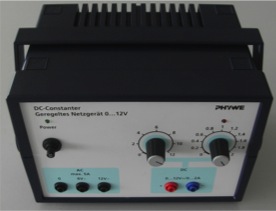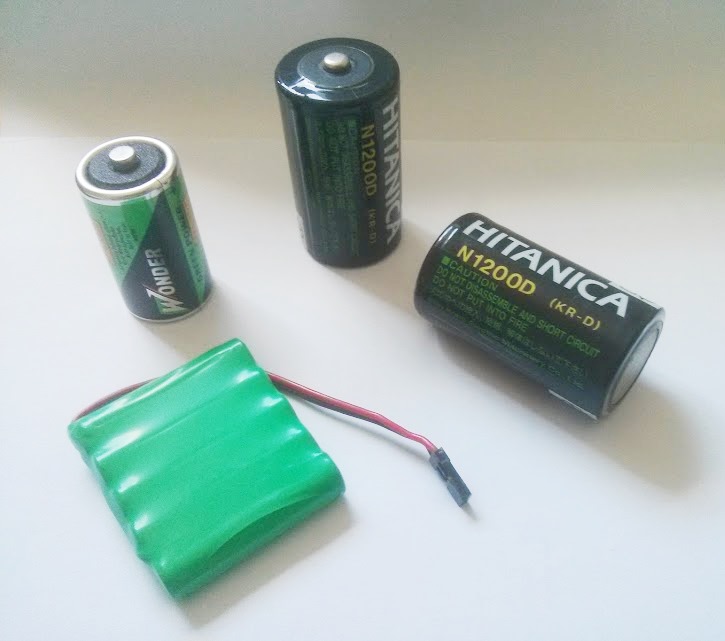The power source
A device which boost electric current is called power source.
It generates voltage between two poles. This potential difference is called voltage and because of this those devices are also called voltage source.
What you find at home or in experiments at school are, for example, (rechargeable) batteries, but also power supply units.
Because of the separated charges and their potential energy, an electric current starts to flow as soon as the two poles of the voltage source are
connected by a closed circuit.
The unit for voltage is volt. It describes how great the potential difference is.
Typically, voltage values, that you come in contact with at home or in experiments at school,
reach from 1.5 volts (batteries) and 12 volts (power supply units).


This power source (DC voltage) always has got a positive and a negative pole. There is always a lack of electrons at the positive pole whereas at the negative pole there is always a surplus of electrons. Often the positive and the negative pole have a uniform specific color: positive pole contour is red (+) and negative pole contour is blue.
